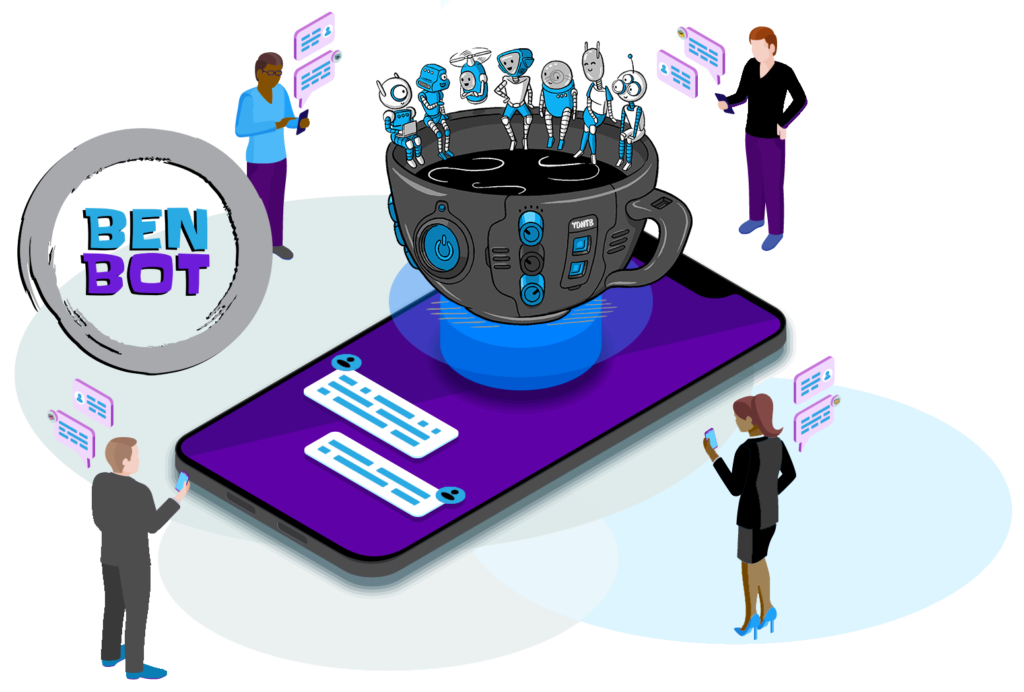Recognize, connect, and support those who consistently delight those they serve over a prolonged period of time. Rewarding such an initiative makes sense, but at what point does the comfort of a rewarded role devolve into a willingness to sail into the sunset?
When starters run into the aloof, misaligned energy can lead to a standoff. Time is the ultimate release, but what if progress is needed now? Every situation is different because of the complexity of an environment and the people/organizations involved, but here are tactics that seem to work no matter the circumstance.
The first uses social currency. It requires a change maker to set their ego aside, and instead, celebrate all that’s been achieved by the accomplished, yet tired gatekeeper. Use respect, kindness, and appreciation to form a bond. Relationships that feel less transactional often create leniency toward new ideas. When a crack in the wall of inactivity is created, be glue that maintains the integrity of the existing system. For example, “I’m too busy” is a common qualm, so lean into that pain by offering to execute on the idea that has sparked mutual interest. It’s important to be realistic in these moments, because when promises are made, credibility is on the line. As you not only light a path toward progress, but also champion change by evolving ideas into reality, trust is gained and your ability to continue making a ruckus increases. Want to extend your leash further? Take responsibility for failures, but give all the credit away when success is achieved.
If a larger organization is involved, another interesting tactic invites the tenured leader to level up the team by activating a colleague. This provides a new hire the chance to get involved within the entrepreneurial ecosystem, while the organization is seen as engaged within their community. It’s hard for some to understand that time spent in the wild is often more valuable than clocking time in the office, but if the organization allows this person to show up without limitation, everyone wins. The new community member feels the innovative energy and brings more intrapreneurial vibes into the organization, while the community benefits by having another trusted organization in the mix.
Extra Shot
“The way we make things better is by caring enough about those we serve to imagine the story that they need to hear.” -Seth Godin
If you’re reading this, you may be tenured, but it’s unlikely you’re tired. That said, we’ve all found ourselves in a motivational rut or lacking a clear sense of purpose. Along with a few solid sleeps, when I feel the urge to settle, it helps to have fun, build into other areas of your career portfolio, take a few days to rest if necessary, and then get back into the startup community. This creates opportunities to #GiveFirst, ask for help, or get extra curious about the creative work of others. Soon you’ll find new opportunities to collaborate.
New connections that emerge can bring you out of the motivational rut. They can boost your care meter and will add fresh personality to your work. Along with sparking fresh direction(s), you’ll be motivated by others and soon find new ways to be generous with your art. If you’re still thirsty for motivation after tapping into the entrepreneurial ecosystem, I’m here for you as well. Together, we can refuel the idea machine to avoid wasting any more time with being tenured, but tired. Sleep when you’re dead, my friends. Let’s keep building.
Extra Shot
“There will come a time when you believe everything is finished. That will be the beginning.” -Louis L’Amour
